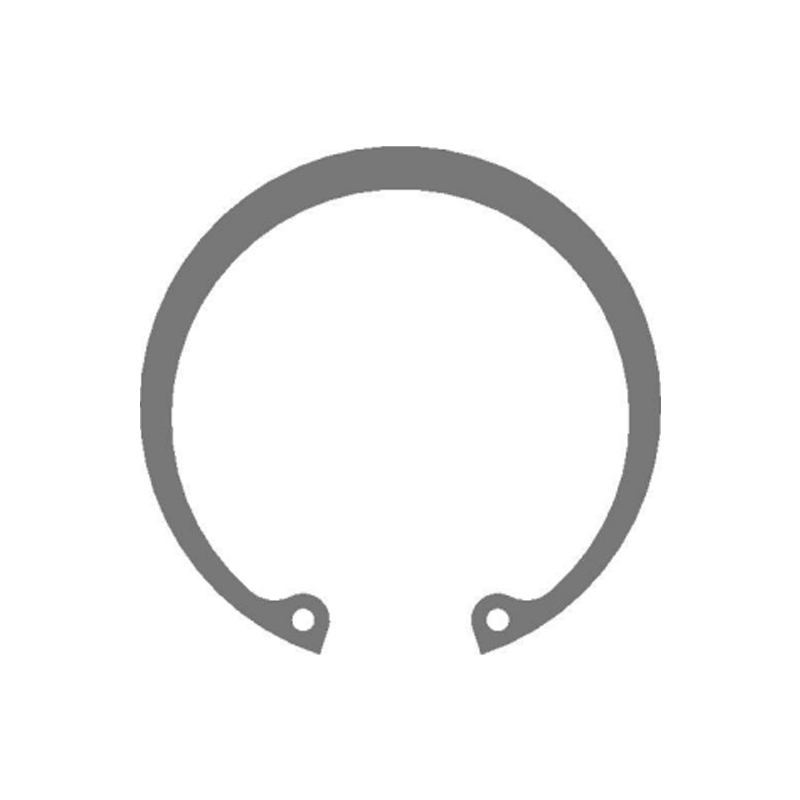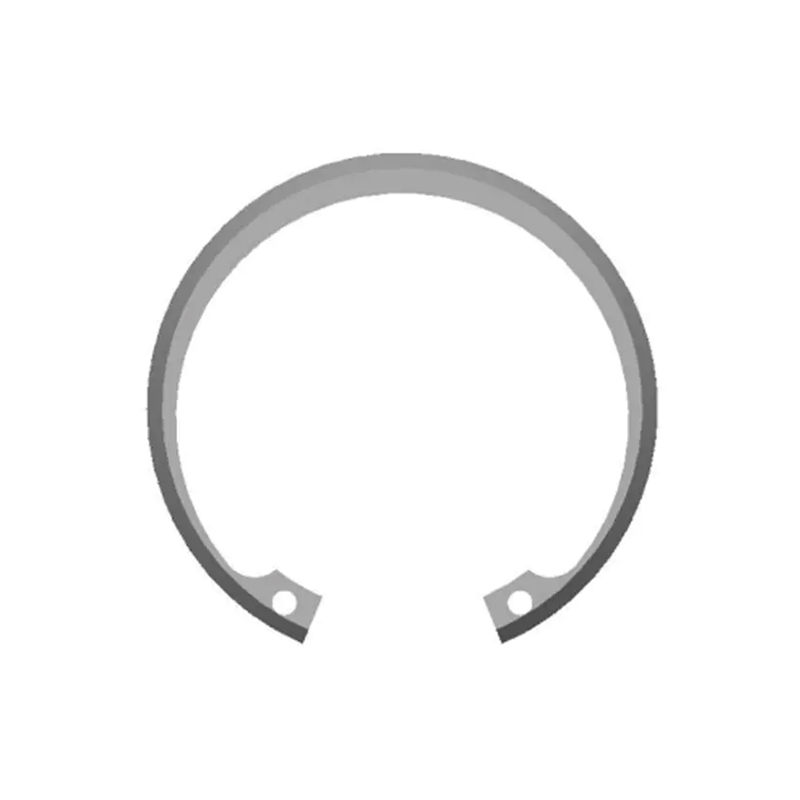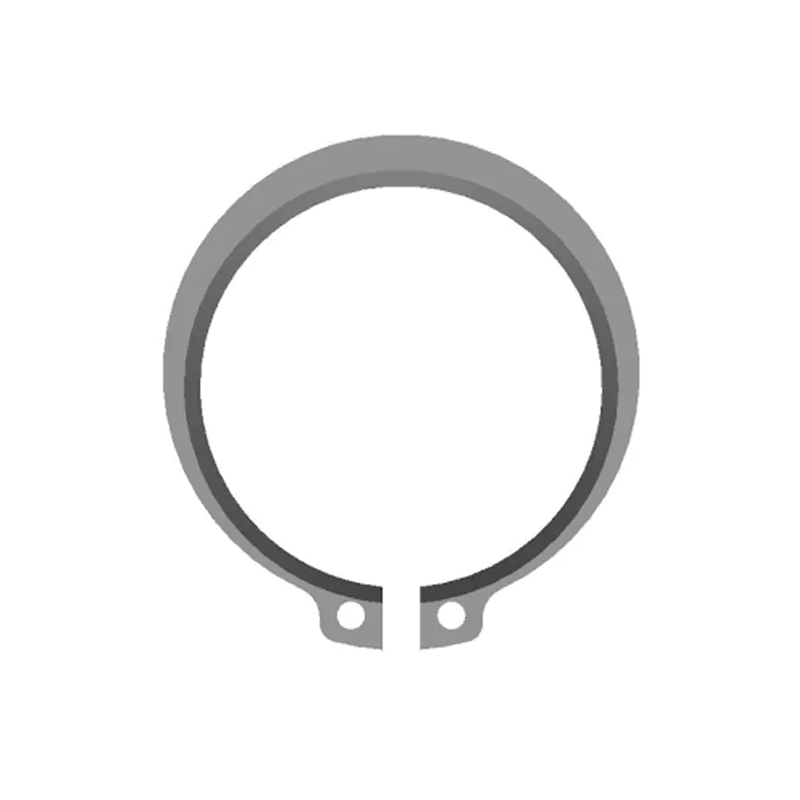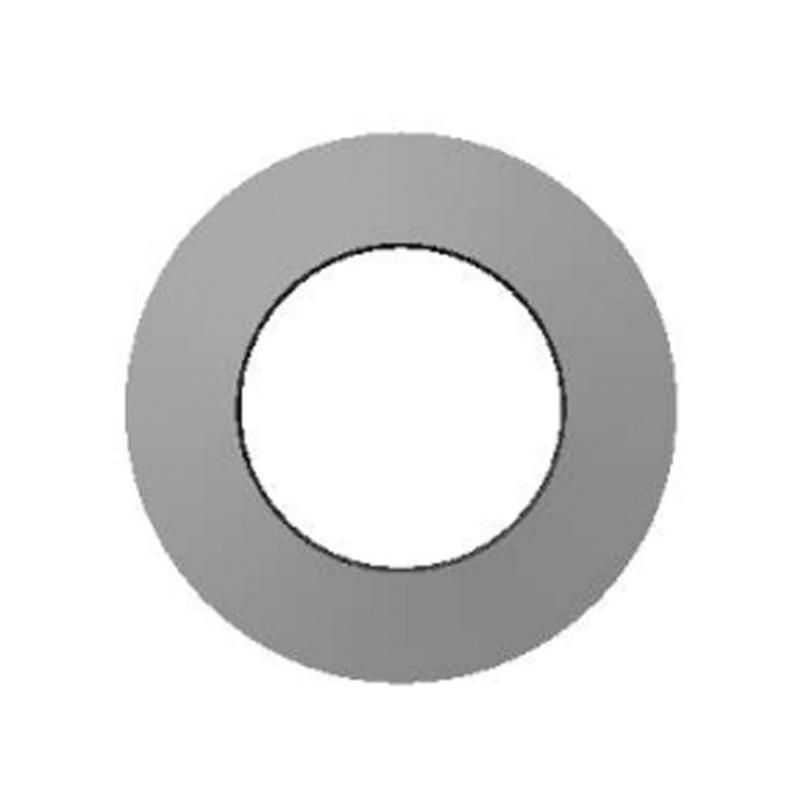Internal retaining rings, often overlooked in the hierarchy of mechanical components, are fundamental to the architecture of shaft-based assemblies. Engineered to sit within a groove inside a bore or housing, these rings provide critical axial retention for parts such as bearings, gears, or other load-bearing elements. Their utility spans aerospace, automotive, heavy machinery, medical devices, and consumer electronics—any application where axial positioning and space optimization are critical. This article provides a deep technical exploration of internal retaining rings, focusing on their functional mechanics, material science, precision tolerancing, and application-specific design.
1. Engineering Function and Axial Load Control
Unlike threaded fasteners or press-fit components, internal retaining rings offer non-threaded, non-permanent axial retention without sacrificing part accessibility. Once seated into a machined groove within a bore, these rings provide a mechanical stop that resists inward axial motion of internal components. They function by transforming radial stress into axial holding force, distributing load along the groove while preserving shaft alignment.
The performance of an internal retaining ring hinges on several interdependent variables:
-
Groove Geometry: Width, depth, and corner radii directly affect stress distribution and retention reliability.
-
Radial Wall Pressure: Defined by the interference fit and ring stiffness, it determines how securely the ring remains seated under thermal or vibrational influence.
-
Axial Retention Load: Calculated as a function of ring cross-section, material yield strength, and contact surface area.
Proper engineering requires that groove tolerances conform to ISO 13906 or ASME B18.27 standards, depending on regional practices and industry requirements.
2. Material Considerations and Metallurgical Behavior
The choice of material for internal retaining rings is driven by mechanical stress requirements, chemical exposure, and environmental conditions. High-performance rings are typically fabricated from:
-
Carbon Spring Steel (SAE 1070–1090): Offers high yield strength and fatigue resistance; commonly heat-treated to optimize retention force.
-
Stainless Steel (AISI 302, 316): Provides superior corrosion resistance for food processing, medical, or marine applications.
-
Beryllium Copper and Phosphor Bronze: Used in non-magnetic or electrically conductive environments.
-
Titanium Alloys: Preferred for weight-sensitive, high-performance aerospace and biomedical devices.
Post-processing steps such as shot peening, passivation, or phosphate coating enhance fatigue life, corrosion protection, or friction control depending on the intended application.
3. Precision Manufacturing and Tolerance Engineering
Manufacturing internal retaining rings involves high-precision stamping or coiling processes, followed by heat treatment and surface conditioning. Dimensional tolerances are critical, especially in automated or high-speed assembly systems, where even minor deviations can result in insertion failure or compromised retention.
Critical dimensions include:
-
Free Diameter and Wall Thickness: Govern insertion force and groove fit.
-
Groove Diameter and Depth Compatibility: Must match the ring’s expanded state while ensuring secure seating under axial load.
-
Edge Chamfer and Burr Control: Essential to prevent damage to adjacent components during installation or operation.
Advanced quality control using laser micrometers, optical comparators, and surface profilometers ensures compliance with engineering drawings and functional reliability in service.

4. Installation Techniques and Retention Optimization
Installation of internal retaining rings typically employs specialized pliers, automated insertion machines, or pneumatic/hydraulic presses, depending on production scale and ring geometry. Factors influencing successful installation include:
-
Radial Deformation Limits: Over-expansion can result in permanent plastic deformation, reducing spring tension.
-
Groove Cleanliness and Surface Finish: Contaminants or roughness can interfere with proper seating or accelerate wear.
-
Assembly Orientation: For high-speed rotary applications, orientation relative to directional stress can affect long-term retention.
In safety-critical systems, finite element modeling (FEM) is used to simulate stress concentrations during installation and in operational use, helping engineers refine groove geometry and material selection.
5. Application-Specific Roles and System Integration
Internal retaining rings are deployed across a wide range of environments, each imposing unique design challenges:
-
Automotive Transmissions: Must withstand cyclical loading, high temperatures, and hydraulic pressure while maintaining positional accuracy under vibration.
-
Medical Devices: Require biocompatible materials and micro-tolerance fabrication, especially in minimally invasive instruments or implantable devices.
-
Aerospace Actuation Systems: Demand extreme strength-to-weight ratios, low outgassing, and resistance to mechanical fatigue in fluctuating thermal regimes.
-
Consumer Electronics: Utilize miniaturized variants in mechanisms such as rotary knobs, lens focusing modules, and drive systems, prioritizing precision and durability in compact form factors.
Additionally, integrated designs now embed retaining rings within sub-assemblies for modularity, repairability, and weight reduction—a growing trend in high-efficiency design thinking.
6. Failure Modes and Life-Cycle Performance
Despite their simplicity, internal retaining rings can fail under certain conditions. Common failure modes include:
-
Shear Out of Groove: Due to excessive axial load or improper groove dimensions.
-
Fatigue Cracking: Caused by repetitive loading beyond design limits or microstructural defects in the ring material.
-
Creep or Relaxation: Particularly in polymer-based rings under thermal cycling.
-
Debris Generation: Resulting from ring/groove fretting or surface corrosion, potentially contaminating sensitive systems.
Mitigation strategies involve material upgrading, enhanced surface treatment, precise tolerancing, and predictive maintenance scheduling.
Far from being mere passive components, internal retaining rings embody a convergence of precision mechanics, materials engineering, and system integration. Their role in maintaining axial integrity within compact assemblies underscores the importance of rigorous design and manufacturing practices. As industrial systems continue to miniaturize and increase in complexity, the demand for high-performance, application-specific retaining rings will only grow. Future developments may focus on smart materials, self-locating geometries, or embedded sensors—extending the capabilities of this essential yet often underappreciated mechanical element.

















